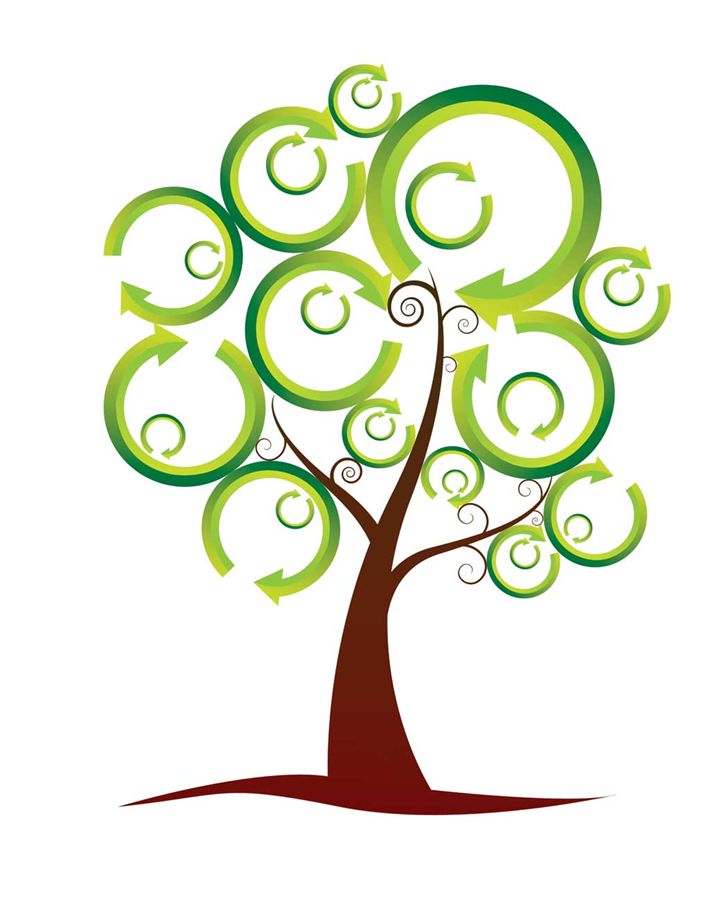 Loading... Please wait...
Loading... Please wait...- 1-800-343-2313
- Home
- My Account
- Gift Certificates
- View Cart
Blog - Sleeping tree
Shhh, Don’t Wake the Trees
Posted by Brian at Tree In A Box on 2nd Jun 2016

We all need our sleep as most of us get cranky when we don’t get enough sleep. Have you ever come across a cranky tree? Maybe they stole your kite or Frisbee? As it turns out trees also enjoy a good night’s sleep.
A group of European scientist from the Vienna University of Technology and the Finish Geodetic Institute and Hungary have used a high tech tool to make an amazing discovery. The tool used was terrestrial LiDAR. Well terrestrial means ground based and LiDAR is short for Light Detection and Ranging. These ground based LiDAR units essentially send out thousands to millions of laser pulses per second and measure the return distance of each pulse to create a “point cloud” or 3D spatial scatter plot of millions of points. These points can be accurate down the millimeter, depending on the scanner and conditions used. Using these point clouds taken at different times, you can then do a change analysis looking at differences in measurements over time.
Most living organisms change their behaviors during day and night. We sleep at night, some flowers close during the night and many other organisms have not even been studied enough to know what their circadian rhythms are. Scientists from all reaches of the globe have been studying day night cycles and the effects on organisms for a long time. Early researchers have recorded that some flowers still open and close in a dark room mimicking their natural circadian rhythm. Most of the studies have been conducted in labs using small plants, until this group of researchers decided to do some analysis on fully grown trees using the same series of laser scanner.

What they found was that the whole tree droops at night, which is observed by the position change in leaves and branches. According to Eetu Puttonen (Finnish Geospatial Research Institute), “The changes are not too large, only up to 10 cm for trees with a height of about 5 meters, but they were systematic and well within the accuracy of our instruments.”
True to the scientific method, the experiment was done twice with two different trees to rule out effects of weather and location. The first tree was surveyed in Finland and the other in Austria. Both tests were done close to solar equinox, under calm conditions with no wind or condensation. The leaves and branches were shown to droop gradually, with the lowest position reached a couple of hours before sunrise. In the morning, the trees returned to their original position within a few hours. It is not yet clear whether they were “woken up” by the sun or by their own internal rhythm.
So now that we know they sleep there are so many other questions…. Like what happens if they get sleep deprived? What happens if they get to much sleep? Do they sleep more in their teenage years? Do seedlings keep up the old growth at night?






